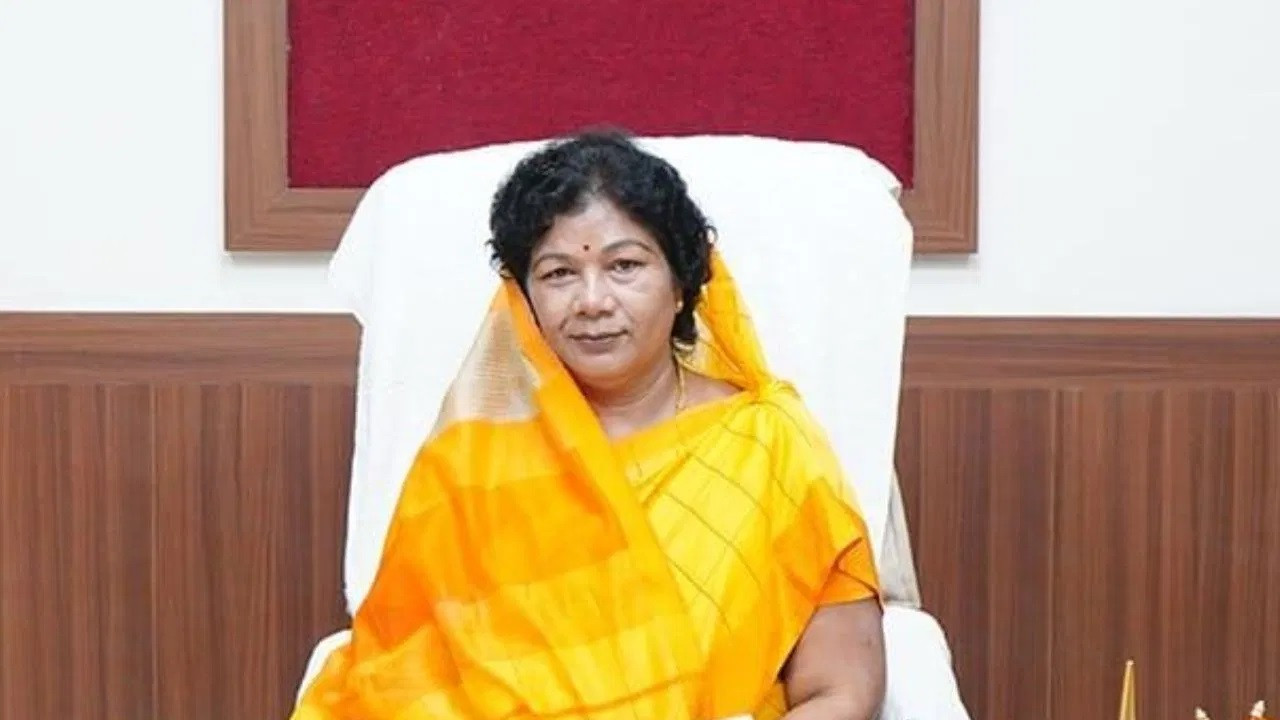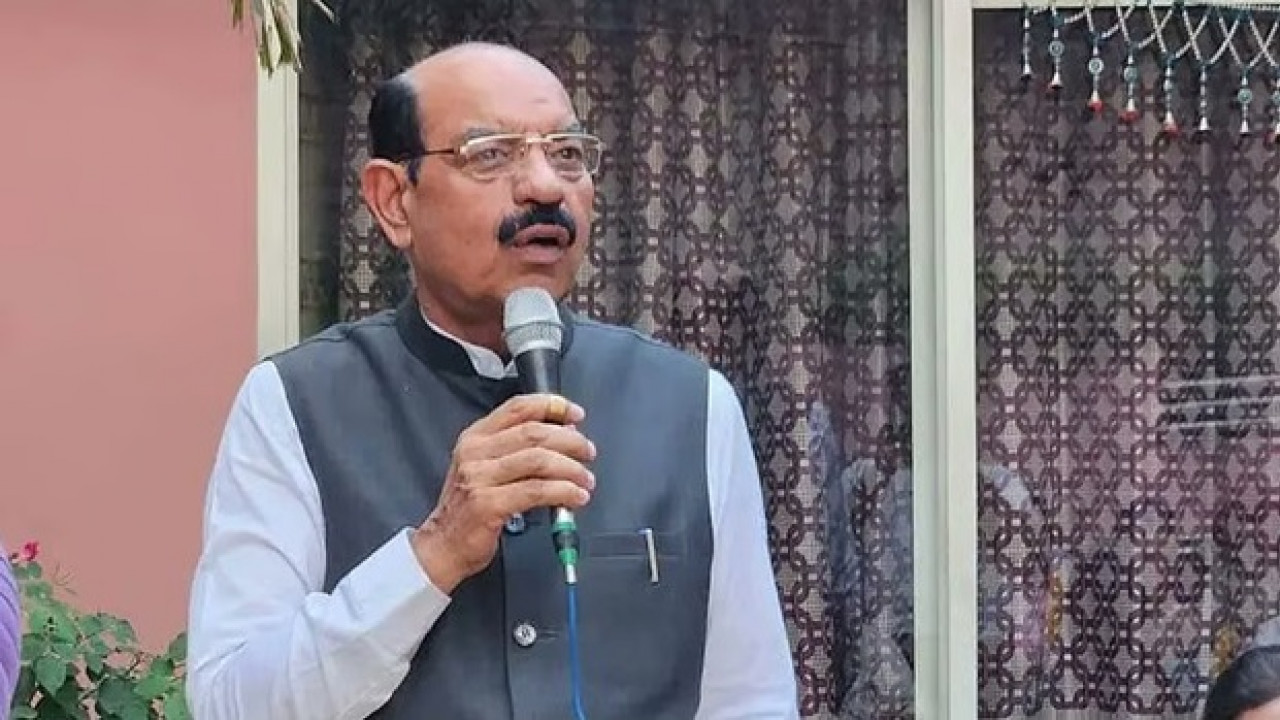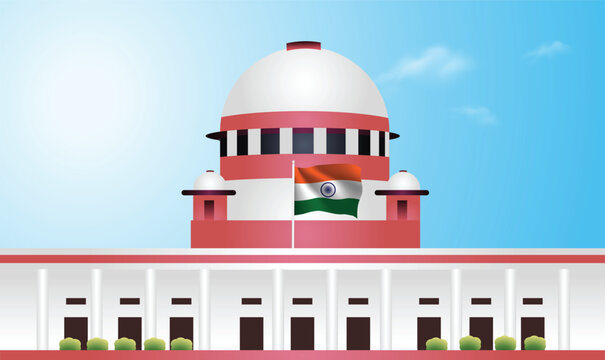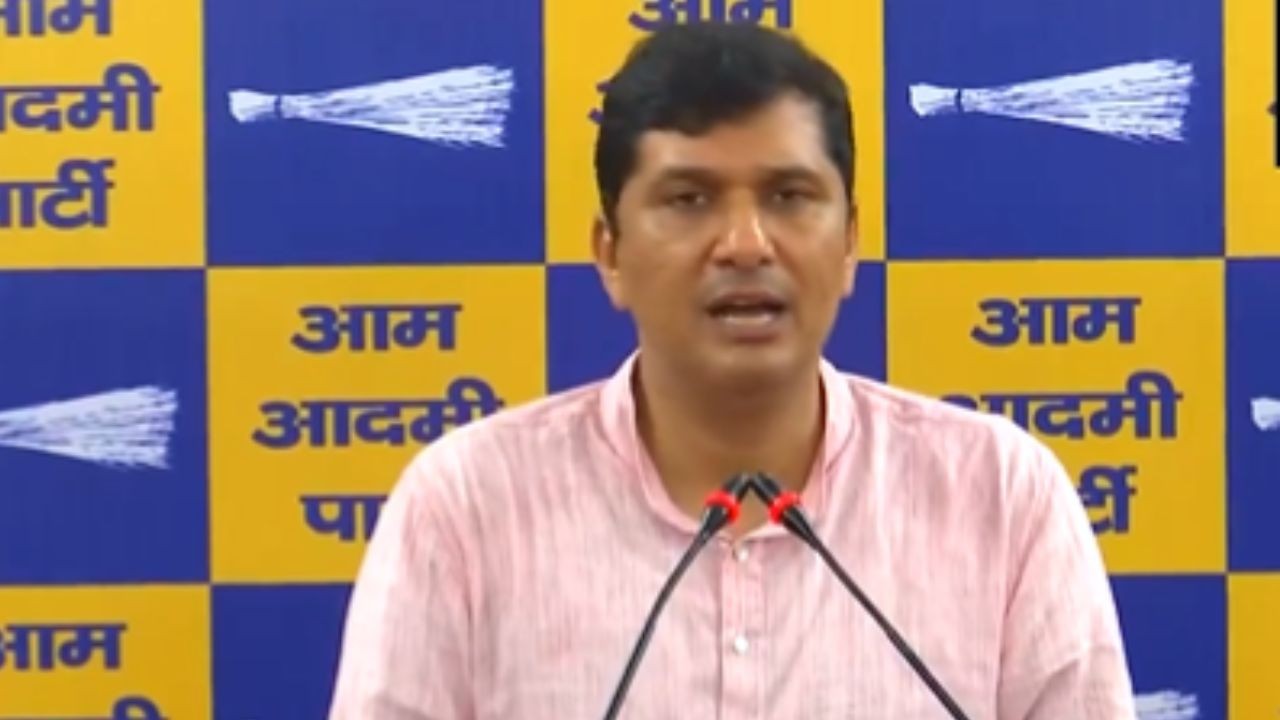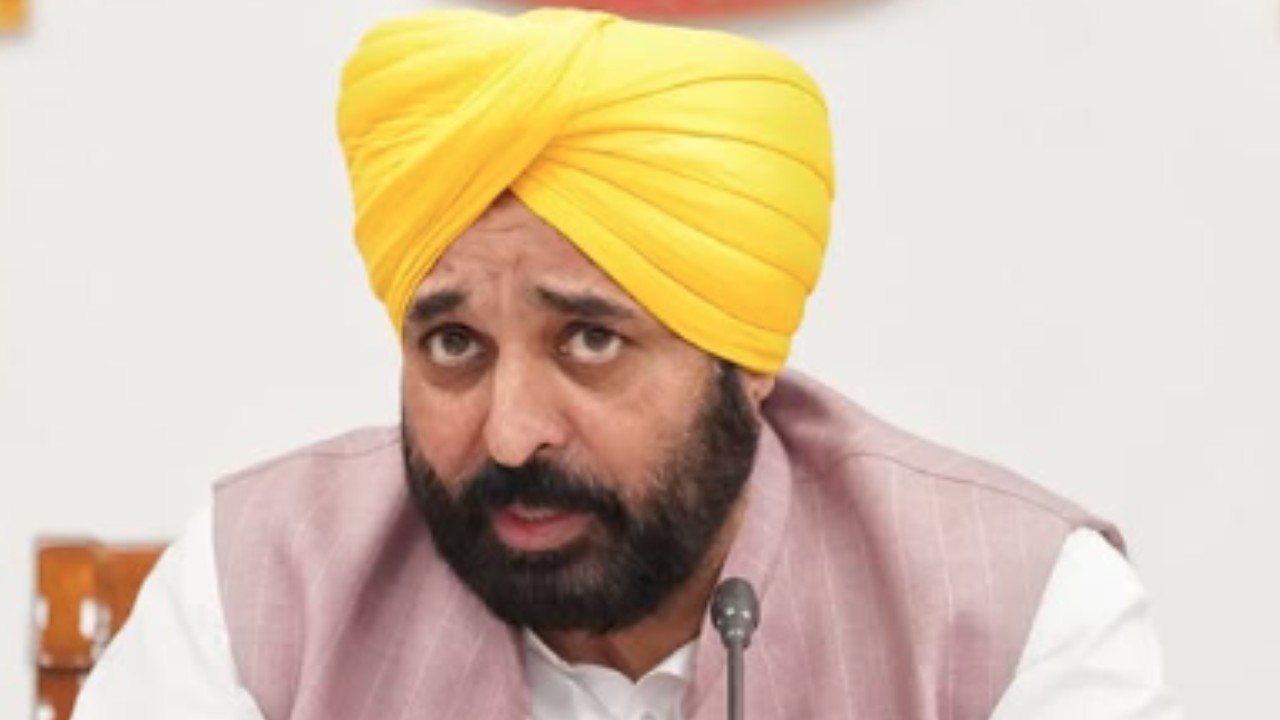Business News: The government has maintained interest rates on small savings schemes for Q2 2025-26, ensuring stability for investors. Rates on PPF, NSC, MIS, and others remain unchanged despite market fluctuations. This decision supports small savers by providing predictable returns. Key schemes like Sukanya Samriddhi Yojana and Senior Citizen Savings Scheme also retain existing rates.
Interest Rates Hold Steady Amid Market Volatility
In an official notification released by the Finance Ministry, it was announced that the interest rates for small savings schemes will remain unchanged for the July to September quarter. This decision reflects the government’s approach to provide stability and predictability to investors amid uncertain economic conditions. Small savings schemes like PPF, Senior Citizen Savings Scheme (SCSS), and Sukanya Samriddhi Yojana (SSY) will continue offering the same returns as in the previous quarter, allowing investors to plan their finances without worrying about sudden rate changes.
Investors in these schemes can expect consistent interest earnings, which is particularly important for those depending on fixed-income investments for retirement, children’s education, or other long-term goals. The government’s focus on stability shows its intent to protect the interests of small savers even during turbulent economic phases.
What Are the Current Interest Rates?
According to the official Post Office website, the interest rates on popular schemes remain attractive and unchanged. The National Savings Certificate (NSC) maintains an interest rate of 7.7%, whereas the Post Office Monthly Income Scheme (MIS) offers a rate of 7.4%. Kisan Vikas Patra (KVP), a popular scheme with a maturity period of 115 months, still yields 7.5% interest. Post Office Savings Account deposits will continue to earn 4% interest, a rate that has been constant since December 2011.
The consistent 4% interest rate on Post Office Savings Accounts for over 14 years highlights the government’s commitment to providing safe and reliable returns on savings accounts that function similarly to bank savings accounts. These rates offer a balance of security and modest returns, especially beneficial for conservative investors who prioritize safety over high risk.
Overview of Post Office Small Savings Schemes
The Indian Post Office offers a range of saving schemes catering to diverse financial needs, from short-term recurring deposits to long-term tax-saving options. Here are some popular schemes:
- Post Office Savings Account: Similar to bank savings accounts, providing a secure place to deposit money with easy access.
- Post Office Recurring Deposit Account: Allows regular monthly deposits for a fixed period with assured returns.
- Post Office Time Deposit Account: Provides fixed deposits for various tenures ranging from 1 to 5 years.
- Monthly Income Scheme (MIS): Offers monthly interest payouts on a lump sum investment.
- National Savings Certificate (NSC): A widely favored fixed-income investment that also provides tax advantages under Section 80C.
- Kisan Vikas Patra (KVP): A savings certificate that doubles the investment in a fixed time frame.
- Public Provident Fund (PPF): A long-term savings plan with tax-free returns and benefits under Section 80C.
- Senior Citizen Savings Scheme (SCSS): Tailored for those aged 60 and above, providing higher interest rates along with consistent income.
- Sukanya Samriddhi Yojana (SSY): A scheme targeted at the girl child’s future education and marriage needs.
Why Stability in Interest Rates Matters
For many Indians, small savings schemes are a trusted way to save money safely, especially for risk-averse investors, retirees, and those seeking predictable income streams. The government’s decision to keep interest rates unchanged for the second quarter reflects a balance between managing inflationary pressures and safeguarding the interests of small investors.
In times of economic uncertainty, such steadiness reassures investors, helping them avoid panic or abrupt financial planning changes. It also underscores the government’s commitment to maintaining confidence in these schemes as reliable financial instruments for millions across the country.
Future Outlook: Key Considerations for Investors
While the rates remain stable now, investors should continue monitoring economic trends and government announcements related to small savings schemes. Given market dynamics, interest rates on these schemes may be reviewed quarterly, so staying informed will help investors make timely decisions.



